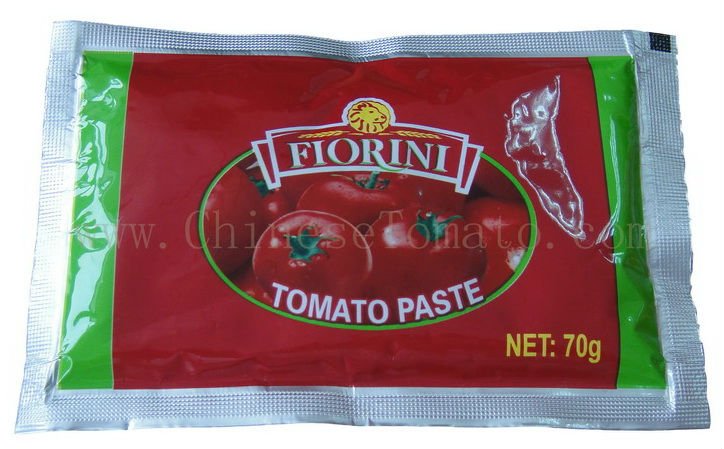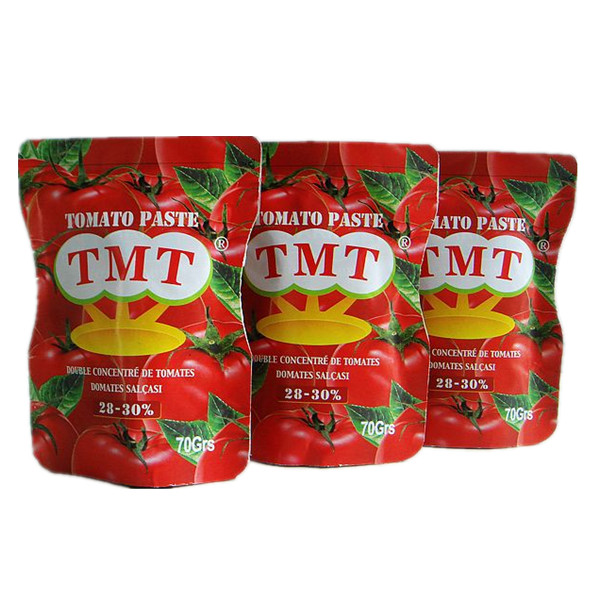Fungal diseases: foot rot, fluid gum disease, resin, scab, anthrax, scab, maculopathy, powdery mildew, soot, blight, etc.
Bacterial diseases: ulcer disease;
Nematode diseases: root nematode disease and root knot nematode disease;
Physiological diseases: oil blotch, split fruit disease, sunburn; viruses, viroids, and unexplained diseases such as Huanglong disease, split skin disease, degenerative disease, Wenzhou citrus atrophy, bacterial wilt and citrus yellowing disease. Pests that harm citrus are insects, mites and other harmful animals. More than 350 species are known, including mites, mites, whiteflies, aphids, longhorn beetles, giardia, leafminers, leaf roller moths, and suckers. Fruitworms, fruit flies, and grasshoppers.
(I) Major disease control
1. Scab Disease: Nanfeng Tangerine shoots, leaves, and fruits are most susceptible to the disease. The leaves are often deformed and the fruit is often necrotic and poor quality.
Control methods: (1) Strengthen the winter garden, cut off, burn diseased leaves, spray a new high-fat membrane or Baume 0.8-1 degree lime sulfur agent 1-2 times, reducing the number of pathogenic bacteria. (2) Transform the closed citrus orchard, strengthen the spring pruning, and improve the ventilation and light transmission conditions in the orange orchard. (3) Pharmacy protection: 5 sprays are required. The second time, the buds germinated, and the buds grow 1 grain of rice and spray 0.8% Bordeaux mixture; the second time, during the bud period (in mid-April), spray 0.5% Bordeaux mixture plus 2000-2500 times of nisolulide to treat fleas; The second time, the flower spray is sprayed with 0.6% Bordeaux mixture at one-half to two-thirds, and the fourth time, 50-70% thiophanate-methyl wettable powder or mancozeb, sprayed at 7-10 days after the deflowering. -800 times liquid; fifth time, spraying 0.4-0.5% Bordeaux mixture from late May to early June.
2. Resinous disease: There are various names due to the site of the disease, resinous disease that occurs on the trunk, shading disease that occurs on the scarlet patch, and pediculosis that occurs on the fruit. After the orange trees suffer from freezing, they are most susceptible to morbidity and epidemic.
Control methods: (1) protect orange trees from frost, avoid mechanical injuries, dry white trunks or tree maintenance generals in the summer, prevent sunburn, and reduce pathogen invasion. (2) Diseases on the main stem and main branch are scraped off to the diseased tissue, and the yellow-brown band at the junction between the diseased part and the healthy part is scraped off, disinfected with 75% alcohol, and generalized with a tree or with a knife. Draw a few knives up to the xylem, apply 50-100 times thiophanate-methyl or carbendazim, and coat 3-4 times. (3) The main trunk is planted with 2-3 oyster shells, which are then replaced by dry or bridging.
3. Foot rot: foot rot, also known as skirt rot, rot. Mainly endanger the root neck and roots. No new shoots were found in the early stage of the disease, or short and weak clusters were drawn and the leaves were yellow. Root and neck lesions generally spread in a ring shape, causing the diseased skin to rot and the leaves to wither until death.
Its prevention and treatment methods and resin disease.
4. Soot disease: Soybean disease covers the leaves and fruits with pathogenic bacteria, which hinders photosynthesis. When severe, it causes the leaves to fall off prematurely and the tree vigor is weak and even dies. It grows, spreads, and prevails mainly with the activities of scale insects, whiteflies and aphids.
Control methods: (1) Focus on prevention and control of insects such as scale insects, citrus mealybugs and aphids. (2) In addition to coal: choose sunny days, spray 10-12 times flour or rice soup (1 kg of flour with 3-4 kilograms of water to dissolve without caking into the pot, according to the ratio of water after the pan) , Or oil emulsion 100-150 times added water amine phosphorous 1000-1500 times. (3) Do a good job in the winter garden clearance. After harvesting the fruit, Qingyuan sprayed 45% lime sulfur 3000 times solution and added 600-800 dilutions of dipterex.
(two) major pests
1. Red spider: mainly damage citrus leaves, branches and fruits. The damaged leaves and fruit turn grey when severe and lose their luster until they are yellow and fall off. April-June and September-November are peak periods.
Control methods: (1) Strengthen inspections, and an average of 5-6 insects per leaf should be controlled. (2) Clean up the garden in winter, and choose 100 times fluid of jet oil emulsion or 0.8-1.0 degree lime sulfur mixture before budding in winter. (3) When the larvae reach the prevention and control index, they can use the acaricides to control or pick and cure, and use less broad-spectrum nature medicines to protect the natural enemies.
2. Rust ticks: mainly young, if Ruocheng clusters on the branches, leaves, and fruits of citrus damage the damaged skin or the back of leaves become dark brown. July-September is its occurrence and the period of its destruction.
Control methods: (1) Diligent inspection, 5-10 strains in each garden, each leaf with 10-20 leaves or fruit with enlarged lens, average 2-3 leaves per leaf or fruit, or individual leaves, fruit appear gray In the case of things, they should be treated immediately. (2) Spraying the 0.8-1.0 degree lime sulfur mixture from winter to early spring to eliminate overwhelming parasites. Spraying wave US 0.2-0.3 degree lime sulfur agent. (3) to achieve prevention and control indicators for prevention or treatment, mainly to kill drugs, spraying to do a detailed and uniform.
3. Leafminer: The larvae infiltrate under the epidermis of young leaves, shoots, and fruits to form a white bentworm tract, which leaves the leaves curled and hard to fall off, resulting in poor growth of new shoots and affecting tree vigor and results. The shoots of summer shoots begin to grow in late May, and the most dangerous ones are from July to August.
Prevention methods: (1) In combination with the winter garden, cut the victim's shoots and burn it. (2) Remove sporadic new shoots that are prematurely or too late, strengthen fertilizer and water management, and promote new shoots to be neat and tidy. (3) The new shoots are 50% developed, or 2-3cm in most teeth, or 5% in young leaves. They are sprayed, once every 5-7 days, and sprayed 2-3 times.
4. Scale insects: The scale insects damage citrus shoots, leaves and fruits. Adults and nymphs suck tissue juices, the victim tissue can not fully develop, weakening tree vigor, causing deciduous fruit, affecting fruit quality, and can induce soy disease. The Nanfeng Orange District mainly has blown cotton, black spots, pupa, etc.
Control methods: (1) Strengthen the inspection and effectively control the spraying of nymphs during the incubation period and the first nymph stage. In general, spraying from mid-May to mid-June, 2 times and from August to September, spraying 1-2 times to control. (2) Do a good job of clearing the garden in the winter, cut off the branches and branches of the pests, and dry them completely. In winter, spray 8-10 times of pineine mixture or 100 times of engine oil emulsion and 3000 times of organic phosphorus pesticide. (China Plant Protection Network: Li Ruifeng)
We use organic and natural raw material. For Sachet Tomato Paste. there are 50g, 56g, 70g standing sachet and flat sachet for your choice. OEM specification and brand are available. The detailed packagings are as following:
50g*100sachet/ctn, 3500ctn/20'FCL
56g*100sachet/ctn, 3260ctn/20'FCL
70g*50sachet/ctn, 4600ctn/20'FCL
70g*25sachet/box*4box/ctn, 2270ctn/20'FCL
*Related Products:Tomato Sauce pouches,Tomato Paste price ton.


Sachet Tomato Paste
Sachet Tomato Paste,Organic Tomato Paste,Sachet Packaging Tomato Sauce,Double Concentrated Tomato Paste,70g Pouch Tomato Paste,Tomato Sauce Packaging Plastic Bag
Hebei Tomato Industry Co., Ltd. , https://www.hebeitomato.com